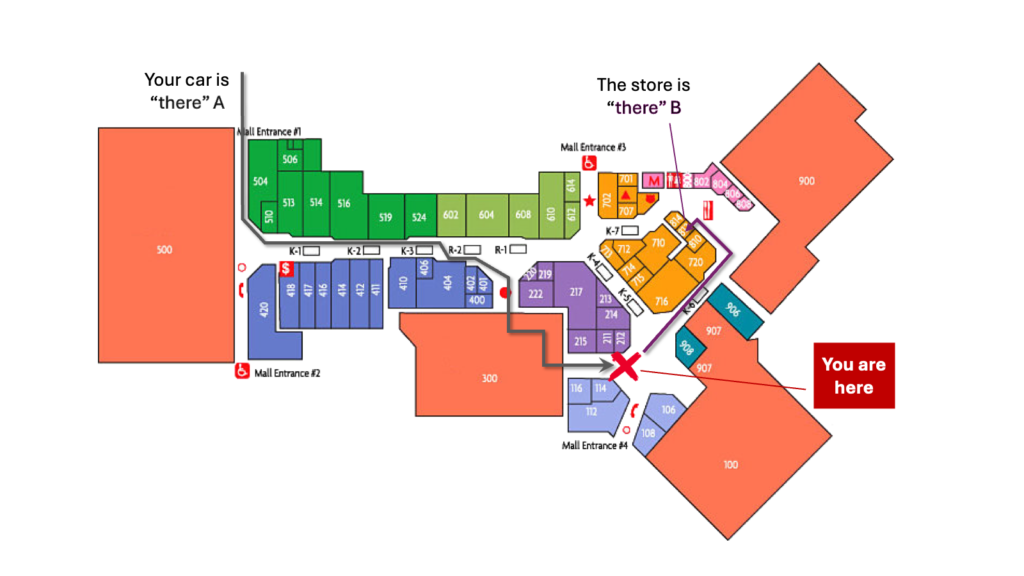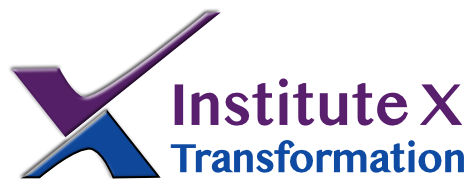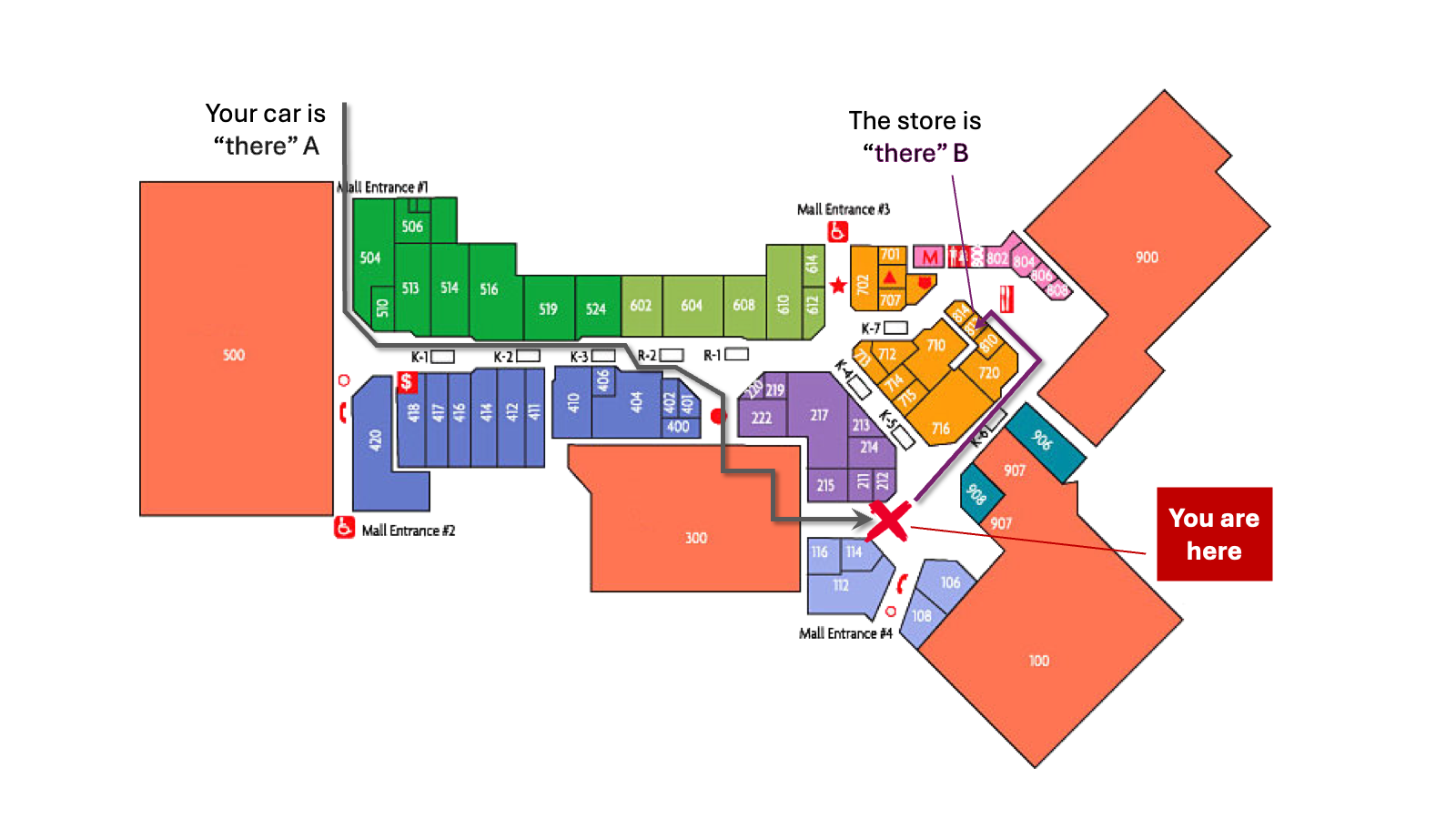A recent experience crystalized for me an essential, binary nature of organizations: some people look forward, some backward. There ought to and will always be both in any given organization. That there might be all one kind or the other is unlikely. More probable is overrepresentation or, at the least, an unbalanced influence or control of one over the other. That usually ends badly.
Table of Contents
A characterization like this is insufficient and superficial, of course. That said, it goes a long way to explain stasis in the civil service and criminality elsewhere (e.g., Enron). This essay briefly explores how, then applies that insight to unlocking change effectively.
Foundations of the Types
This proposition begs some questions. For instance:
- Are people purely one type or the other?
- What are the tendencies of each type?
- Do organizations reflect a type or does a type determine the organization?
- Why would a type be more prevalent in one place than another?
Questions such as these are critical to fully understand people, organizations, behaviour, and culture. They are also a distraction at this point. Suffice to say that people are rarely so singular as to be all one thing or another. We have tendencies and areas of comfort though, which reliably draw us one direction or another in most circumstances.
As for organizations, many books and syllabi are devoted to their idiosyncrasies. Again, suffice it to say that for our purpose now: organizations both reflect the tendency of a strong-willed leader/authority’s personality and then create a gravity that attracts/rewards those who flourish within that environment. Where will one type of person/organization prevail over the other? Simply Darwinian: where it is bet fit for purpose. An auditing firm and its personnel should tend toward looking backward. An innovative the company and its bros will tend to look forward.
Types and tendencies
Forward and backward lookers should not be interpreted superficially with blanket “historians” and “futurists” labels. Both types of individuals indulge in activities that would seem to belong to the other group. So, labelling must more about proclivity and tendency in the moment. That is, this classification applies at the point of action or decision (any point of criticality, actually) to challenge the individual’s dominant outlook: what was done or what is to be done?
The Forward Looker
A forward looker (FL) will take the position that how or why we got here (the contingencies, luck, strategy, rationales, etc.) are curious but immaterial. Maybe not irrelevant, but preserved in organizational amber. What’s important is that we are here, now, with certain assets and risks and so forth. History, to the extent it matters, colours the inventory of assets, shortcomings and liabilities, and risks to be overcome.
To the FL, right now, the past leads to distractions that cannot be changed and probably will be of no assistance in the future. The FL accepts the situation. His/her focus is on how this current condition and circumstances can be put to use toward a goal or objective. Looking forward entails novelty if not ambiguity, contingency, obstacles, and risks.1 The FL (usually) has a healthy appetite for these with an underlying belief that challenges in the future will likely not be satisfied solely by actions or tactics of the past.
The Backward Looker
On the other hands, the backward looker (BL) needs to excavate everything that went into getting to this point and to fully appreciate the current situation. The rationale is that only by understanding how and why we are where we are with what we have, can we prepare to move on (or stay, presumably). Even with a goal or objective for the future, to the BL reexamining what brought us to this point is the same as evaluating how to proceed and even whether the goal is (still) appropriate. Obviously, without a countervailing force, the BL is susceptible to “analysis-paralysis.”
To the BL, where we are now is inextricably the outcome of past action that demands reflection to ensure actions to be taken now and in the future will be harmonious with actions of the past. Implicit is an apparent compulsion to (re)prove and correctly requalify the past—its “rightness” or “wrongness”—as a means of validating the present. To the BL, the future is decidedly secondary. For the most part, typical BLs are stymied by the uncertainty and contingency of the future.
Forward or Backward: Which is superior?
It should be obvious that neither is better than the other and that each would be clearly superior in particular circumstances. It might even be obvious that in a future-focused situation such as a change—or transformation—that FLs would be better. It might be obvious—but it’s not fully right. Leading change is a process over time, within which there is not only room but need for both FLs and BLs. So, while it may generally be so, the trick is to deal with and use those of each type inevitably populating the stakeholder groups.

Figure 1 – From There to Here (Backward Lookers); From Here to There (Forward Lookers)
As the figure above tries to illustrate, when looking at the sign that says, “You are here,” the BL will tend to fixate upon tracing the path from the “there” of the car in the parking lot that got them “here.” Only once that is done and they are satisfactorily oriented, will the BL entertain how to get from “here” to the “there” of the destination. (There might even be some second guessing about alternate paths from the car, even to a different waypoint, that may have been better.) The FL in the same position, on the other hand, is more likely to ignore everything before that got her from the ”there” of the parking lot to “here,” and focus on how to get from “here” to “there.”
Unlocking Change with FLs and BLs
This second half of this piece will address FLs, BKs, some common change circumstances and stages, and tips for how to lead through it.
Preparation and Management
- BLs are reviewers by nature. Use that during this stage to affirm that all the bases are/have been covered. They must, of course, be paired with analysts that are willing and able to look forward into the future at both possible conditions and plan action/outcome. Consider the BLs “gotcha” detectors during preparation. When it comes to management, BLs are naturally harmonized to “status” and review/assessment of activity against plan.
- FLs accept where we’re at and are concerned with whether it will be sufficient to achieve the goal. FLs may be the offset needed to the BLs to ensure the plan and intents are reasonably reflected. They are also much more likely to identify and address sufficiency and shortcomings in the various resources needed to achieve the objectives.
Preparation and planning is the period and activity to get a goal clearly identified and set out a path (of action) to get the organization to that goal. To ensure understanding of the situation and the plan are solid, BLs should assess the situation to now and the FLs the now going forward. From the managing perspective, keeping everyone on the same path may require reorienting BLs toward the end of the journey as they’ll likely tend toward the present-to-past. Conversely, many an FL will need to be reined from overshoot and going faster than conditions (organizational capability, the pace and willingness of colleagues, etc.) allow.
Sponsorship
- BL-oriented sponsors tend to focus on current “status” and situation; often as an end point of progress from some event in the past—maybe a project authorization. They particularly need to be (subtly) reoriented to the goal, particularly if the current lived experience on the project is recommending evolution of the goal.
- There is less (obvious) challenge with FL-oriented sponsors. Arguably, this type of sponsor for a change is the ideal. But FL/BL is not a role-based, rather a personality or behaviour-based condition. This sponsor (who may even be a secondary, stakeholder-sponsor) needs to be rallied to encourage his/her peers. This forward-looking tendency aligns to the change needs and should be fully levered.
Sponsors are not all alike. Moreover, as per the case made at thechangeplaybook.com, it takes a village of sponsors to make a change. (Depending on the nature of the change project,) Even for a sharp project sponsor, the row is often too rough to hoe alone. The good news is that among a small cluster of sponsors or supporters there will be both FL and BL-oriented executives. Be sure not to overlook sponsors and understand their tendencies. Then use those who can help for their support in the most appropriate ways whether that means addressing status or goal.2
Resistance
- BLs are likely to resist on the grounds of being generally opposed to change from an historic path, though it will be vocalized as opposition to something specific in the decision. Their tendency will be to want to re-evaluate choices already made, thereby at the very least delaying action. Note that the positive side of this is that many terrible errors have been averted in this way. So, it’s not wholly without value.
- FLs will much more overtly resist the change as being simply wrong. FLs are not averse to change per se, so it’s rarely an issue of change being unnecessary, just that this change choice is wrong. The argument about the choice will evolve out of an assessment of the actions’ viability within the perceived conditions of the future.
In both cases, the key objective is to maintain forward momentum. With the exception of those who absolutely reject the idea that change is even necessary—and there are some, assume everyone is (reluctantly) aligned on change. Work with that. (For those that are not, more traditional responses are in order.) For BLs, steer them away from their impulse to reassess for themselves. A variation of, “Good people did good work and there’s no new information…” would be appropriate.
For FLs, shape acceptance of the chosen direction. Opinion-based argument about the (unknown) future gets to time-wasting fast. Ensure the decision is sensible and the plan is adjustable (and has adjustment points). Then move on. Direct orders may be necessary.
Performance Management
As with everything else, BLs tend to gauge performance historically with the current state as an “end” waypoint of a long journey. The FL may be abundantly aware of that progression, but is much more likely to limit the historical context. The project, if not “today,” is the benchmark and square one/time zero. Admittedly, it will not be as stark as all that, and these different views may be more or less valid depending on audience and message anyway.
As a leader, it is important to incorporate both views. While the important (project) performance metrics are those that start now and measure the value of the change going forward, as part of a story it can be valuable to contextualize within the longer timeframe. Consider that this might be very valuable for the next change—especially if the historical story lines up.
Training
- FL trainers and training designers will appropriately focus training on the to-be needs of the change. Sometimes the consideration to bring back to the fore with people of this orientation is that the people to be trained are (a) coming from a certain status quo condition, and (b) potentially unprepared for the to-be training/ability/knowledge. They may need an interim step.
- BL-oriented trainers and designers have the advantage of looking at this situation with keener interest in what’s got us to this point. And while there may, in fact, be discontinuity between what is (where we’ve come from) and what’s to-be (where we’re going), the BL is more likely to consider this from the perspective of “How can we get you there?” rather than, “What do you need to be there?”3
Training is, at its simplest rendering, the imparting of knowledge/ability required for a set condition or circumstance. The right training depends not only on knowing what skill/capability is needed but what the trainees bring to the party (what do they know, how do they know it, and why). Resonant approaches depend on this information. FLs tend toward what will need to be known; BLs tend toward what will the trainees be able to grasp (and how). A little of both is necessary. The nature of the change and the needed skill/ability shift will dictate the proportion.
Coaching
Coaching techniques do not change much nor are they especially dependent on BL/FL tendencies beyond what’s been said for training. One key distinction that may apply is that BL employees may respond better with a “why” explanation that incorporates the why of the status quo. On the other hand, FLs are more likely to dispense with any sense of continuity: “why” is about why the new.
Summary
In bold relief, which is often dangerous, classifying people in an organization as either backward lookers or forward lookers as done here can be revealing. It may not be categorically right, yet afford otherwise unseen—or ignored—nuance among individuals. And, anything that supports a more “custom” approach to people (individuals) has value.
The value here, for the change leader, is both in the understanding of the stakeholders as well as in the manner of leading them. And, in some cases, for leading them to lead others. In a change, as much coherent leadership as available is a must. Levering those that will more readily move others is the height of leadership.
The essay is cross-posted to Change This!
Institute X is a transformation leadership consultancy and transformation/change leader coaching firm. One of its online presences is The Change Playbook. Be sure to check out the abundance of practical and pragmatic guidance for all aspects of making change happen. Subscribe to be notified of new, fresh content.
- “Risk” not necessarily in the sense of “danger” so much as events and eventualities that will make a mockery of our intents and plans. ↩︎
- Space prevents getting into second-order leverage and value, such as having an FL sponsor (temporarily) amp up a BL sponsor who in turn uses his/her resonance with BL stakeholders to move them. ↩︎
- It’s subtle, but the perspective shift generates an entirely different training feel. ↩︎


Leave a Reply